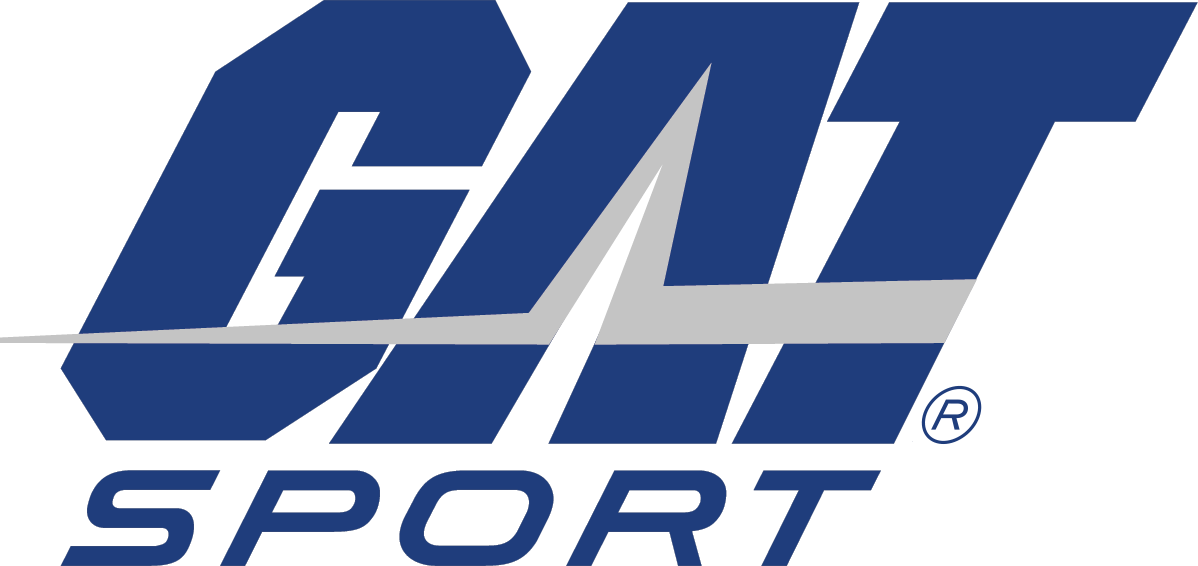The bottom line: Science reveals that sodium doesn't just enhance creatine absorption— it's absolutely essential for it. Here's why this game-changing combination should be part of every serious athlete's strategy.
When most athletes think about creatine supplementation, they focus on the 5 grams of creatine monohydrate they're taking daily. But what if I told you that overlooking one crucial element—sodium—could be limiting your results by up to 50%?
Recent breakthrough research is revealing that the relationship between creatine and sodium isn't just beneficial—it's biochemically fundamental. Understanding this partnership could be the difference between mediocre gains and the explosive performance improvements you're chasing.
The Hidden Science Behind Creatine Absorption
Here's what most supplement companies won't tell you: creatine doesn't just passively absorb into your system. Every single molecule of creatine that enters your muscle cells must first pass through a specialized gateway called the creatine transporter (CrT1/SLC6A8). And here's the kicker—this transporter absolutely requires both sodium and chloride to function (1).
According to groundbreaking research published in multiple peer-reviewed journals, the CrT1 transporter operates with a specific stoichiometry: 2 sodium ions and 1 chloride ion for every 1 creatine molecule transported (2). Without adequate sodium availability, this transport system becomes severely compromised, leaving expensive creatine sitting uselessly in your digestive tract instead of powering your performance.
The Bioavailability Reality Check
Think you're getting full value from your creatine? Think again. Recent pharmacokinetic studies using advanced 13C-labeled creatine tracking revealed shocking truths about creatine bioavailability (3):
- Low doses (10mg/kg): Only 53% bioavailable
- High doses (70mg/kg): Drops to just 16% bioavailable
This means that standard 5-gram servings of creatine monohydrate may only deliver 2.6 grams of actual usable creatine to your muscles. The rest? Wasted. But when sodium is optimally present, studies demonstrate significantly enhanced creatine uptake and retention.
Defeating the GI Distress Dilemma
Every experienced lifter has a horror story about creatine-induced stomach upset. Research published in *Research in Sports Medicine* involving 59 elite soccer players found that 39% experienced diarrhea, 23.8% suffered stomach upset, and 16.9% dealt with uncomfortable belching during supplementation (4).
The culprit? Poor solubility and incomplete absorption. When creatine sits in your intestinal tract undissolved, it draws water into your gut, causing the cramping and digestive chaos that makes many athletes quit their supplementation routine entirely.
But here's where sodium becomes your secret weapon. The sodium-dependent transport mechanism not only improves creatine uptake but also reduces the amount of unabsorbed creatine remaining in your digestive system—dramatically cutting GI distress while maximizing results.
The Inflammation Factor
Recent research has uncovered another critical piece of the puzzle. Studies on intestinal epithelial cells show that pro-inflammatory conditions—whether from intense training, stress, or poor diet—significantly downregulate CrT1 transporter function (5). This means that when you need creatine most, your body's ability to absorb it is compromised.
Sodium plays a protective role here too. Optimal sodium availability helps maintain the electrochemical gradients necessary for sustained CrT1 function, even under inflammatory stress. This is why many athletes notice better creatine response when they prioritize electrolyte balance.
Beyond Basic Sodium: The SuperSodium™ Advantage
Not all sodium sources are created equal. While basic sodium chloride (table salt) provides the bare minimum for creatine transport, advanced formulations incorporate multiple sodium compounds for enhanced bioavailability and sustained release.
This is precisely why we developed SuperSodium™ for our new NITRAFLEX® PRO CREATINE. This advanced electrolyte blend combines:
- Pink Himalayan salt for trace mineral cofactors
- Sodium bicarbonate for pH buffering
- Sodium chloride for immediate availability
- Sodium ascorbate for antioxidant protection
Each component serves a specific purpose in optimizing creatine absorption while supporting overall performance and recovery.
The Performance Payoff
When creatine and sodium work together optimally, the results speak for themselves:
Immediate Benefits:
- Enhanced muscle strength and power output
- Improved exercise capacity during high-intensity efforts
- Better hydration and reduced cramping
- Significantly less digestive discomfort
Long-term Advantages:
- Greater training volume tolerance
- Enhanced recovery between sets and sessions
- Improved cognitive function and focus
- Better adaptation to training stimulus
The Science-Backed Strategy
The research is clear: creatine supplementation without adequate sodium is like trying to fuel a Ferrari with the gas cap closed. You're not getting the performance you paid for (6).
NITRAFLEX® PRO CREATINE delivers exactly what the science demands—5 grams of pure creatine monohydrate paired with 250mg of our precisely formulated SuperSodium™ blend. This isn't random; it's the result of understanding the biochemical requirements for optimal creatine utilization.
Every serving provides the sodium-creatine ratio research shows is necessary for maximum bioavailability, minimal side effects, and peak performance enhancement.
Your move is simple: Stop leaving gains on the table. Give your creatine the sodium partnership it needs to deliver the explosive results you're training for.
Because when science meets supplementation, mediocre becomes exceptional. And exceptional becomes unstoppable.
*Ready to experience the difference proper creatine-sodium synergy makes? NITRAFLEX® PRO CREATINE: Premium strength and brain support, powered by science. *
References
1. Dai, Wei, et al. "Molecular Characterization of the Human CRT-1 Creatine Transporter Expressed in Xenopus Oocytes." *Archives of Biochemistry and Biophysics*, vol. 361, no. 1, 1999, pp. 75-84, doi:10.1006/abbi.1998.0959.
2. Alraddadi, Eman A., et al. "Absolute Oral Bioavailability of Creatine Monohydrate in Rats: Debunking a Myth." *Pharmaceutics*, vol. 10, no. 1, 2018, article 31, doi:10.3390/pharmaceutics10010031.
3. Ostojic, Sergej M., and Zlatko Ahmetovic. "Gastrointestinal Distress After Creatine Supplementation in Athletes: Are Side Effects Dose Dependent?" *Research in Sports Medicine*, vol. 16, no. 1, 2008, pp. 15-22, doi:10.1080/15438620701693280.
4. Nash, Scott R., et al. "Cloning, Pharmacological Characterization, and Genomic Localization of the Human Creatine Transporter." *Receptors & Channels*, vol. 2, no. 2, 1994, pp. 165-174.
5. Sawant, Harshal, et al. "Intestinal Epithelial Creatine Transporter SLC6A8 Dysregulation in Inflammation and in Response to Adherent Invasive E. coli Infection." *International Journal of Molecular Sciences*, vol. 25, no. 12, 2024, article 6537, doi:10.3390/ijms25126537.
6. Peral, María J., et al. "Human, Rat and Chicken Small Intestinal Na⁺-Cl⁻-Creatine Transporter: Functional, Molecular Characterization and Localization." *The Journal of Physiology*, vol. 545, no. 1, 2002, pp. 133-144, doi:10.1113/jphysiol.2002.026377.



